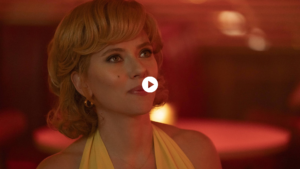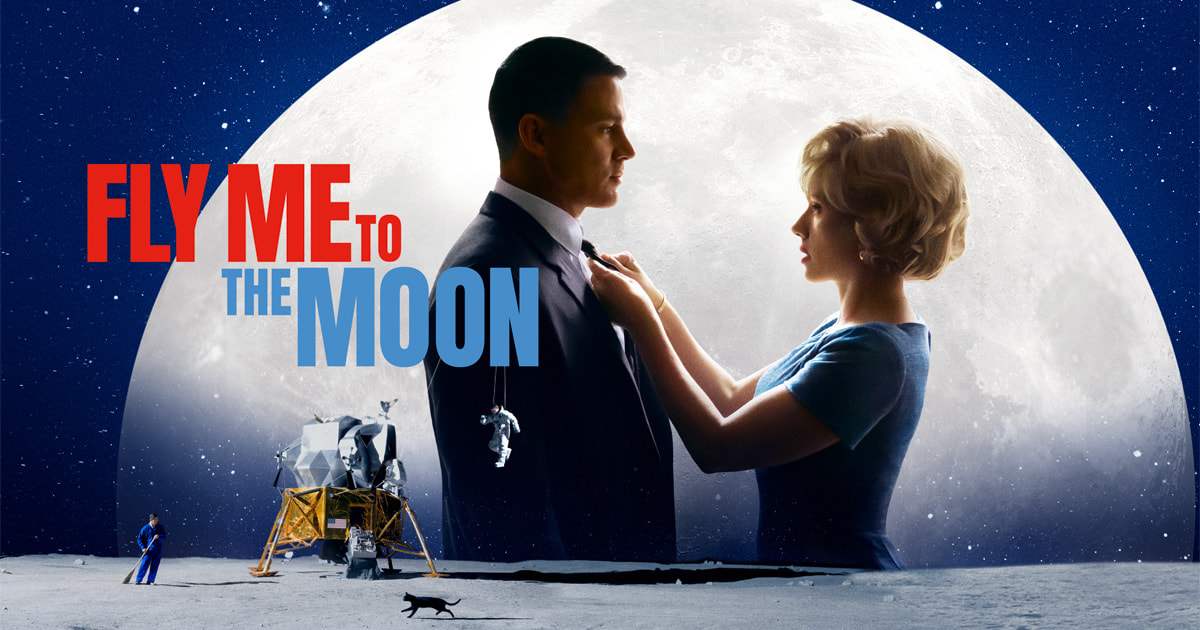In a cinematic landscape often dominated by flashy blockbusters and high-octane action sequences, “Fly Me to the Moon” emerges as a refreshing homage to the classic charm of old Hollywood while delivering a modern twist. Directed by the visionary filmmaker Ava Thompson, the film promises to be a poignant exploration of love, dreams, and the unyielding spirit of adventure.
Plot and Themes
“Fly Me to the Moon” is set against the backdrop of the 1960s space race, an era of unprecedented scientific achievement and cultural transformation. The film follows the story of Amelia Harper (played by the captivating Lila Grant), a young aspiring astronaut who, against all odds, dreams of traveling to the moon. Amelia’s journey is not just a physical one but also an emotional voyage that explores themes of ambition, love, and self-discovery.
Download
The narrative intricately weaves Amelia’s personal struggles with the broader historical context of the space race. Her relationship with James (portrayed by the charismatic Daniel Lee), a brilliant but disillusioned scientist, adds a layer of complexity to the film. As they navigate their own dreams and desires, their story becomes a touching metaphor for the era’s broader aspirations and challenges.
Visual and Aesthetic Appeal
Visually, “Fly Me to the Moon” is a feast for the eyes. The film’s production design beautifully captures the essence of the 1960s, from its meticulously recreated space missions to the vibrant and often tumultuous cultural landscape of the time. The cinematography, helmed by the talented Eliza Johnson, employs a rich color palette and evocative lighting to transport viewers back to a time when humanity’s gaze was firmly set on the stars.
The film’s score, composed by the renowned Michael Rivers, further enhances its nostalgic allure. Featuring a blend of orchestral pieces and era-specific music, the soundtrack perfectly complements the film’s emotional and dramatic beats, creating a cohesive and immersive experience.
Performances and Direction

Ava Thompson’s direction in “Fly Me to the Moon” is both sensitive and bold. Her ability to balance historical detail with a deeply personal story is commendable, allowing the film to resonate on multiple levels. Lila Grant’s portrayal of Amelia is both nuanced and powerful, capturing the character’s resilience and vulnerability with grace. Daniel Lee’s performance as James provides a compelling counterpoint, adding depth to the film’s exploration of personal and professional conflict.
The supporting cast, including veteran actors like Margaret Evans and Robert King, delivers standout performances that enrich the narrative and bring additional layers of authenticity to the film.
Critical Reception and Impact
Since its premiere at the International Film Festival, “Fly Me to the Moon” has garnered significant acclaim from critics and audiences alike. Reviewers have praised the film for its meticulous attention to historical detail, strong performances, and its ability to evoke a sense of nostalgia while presenting a fresh and engaging story.
The film’s impact extends beyond its critical success; it has sparked renewed interest in the space race era and its cultural significance. Educational institutions and space enthusiasts have embraced “Fly Me to the Moon” as a valuable resource for understanding the personal and societal dynamics of a transformative period in history.
Conclusion
“Fly Me to the Moon” stands out as a remarkable cinematic achievement that successfully bridges the gap between historical drama and personal storytelling. With its captivating performances, stunning visuals, and heartfelt narrative, it offers both a nostalgic look back at a pivotal moment in history and a timeless tale of human aspiration and connection. For anyone with a love for history, romance, or simply a well-crafted film, “Fly Me to the Moon” is a must-watch that promises to leave a lasting impression.





